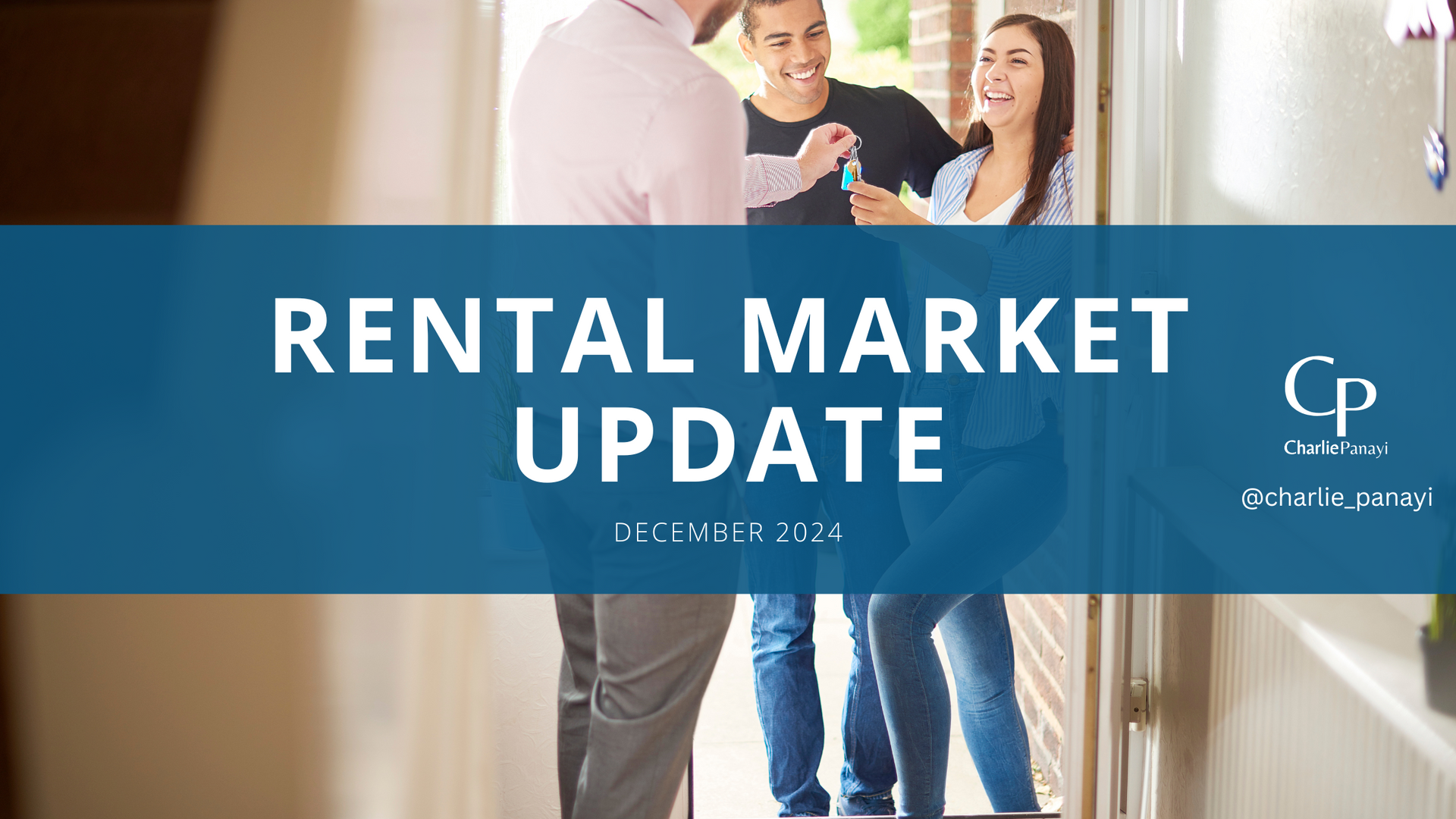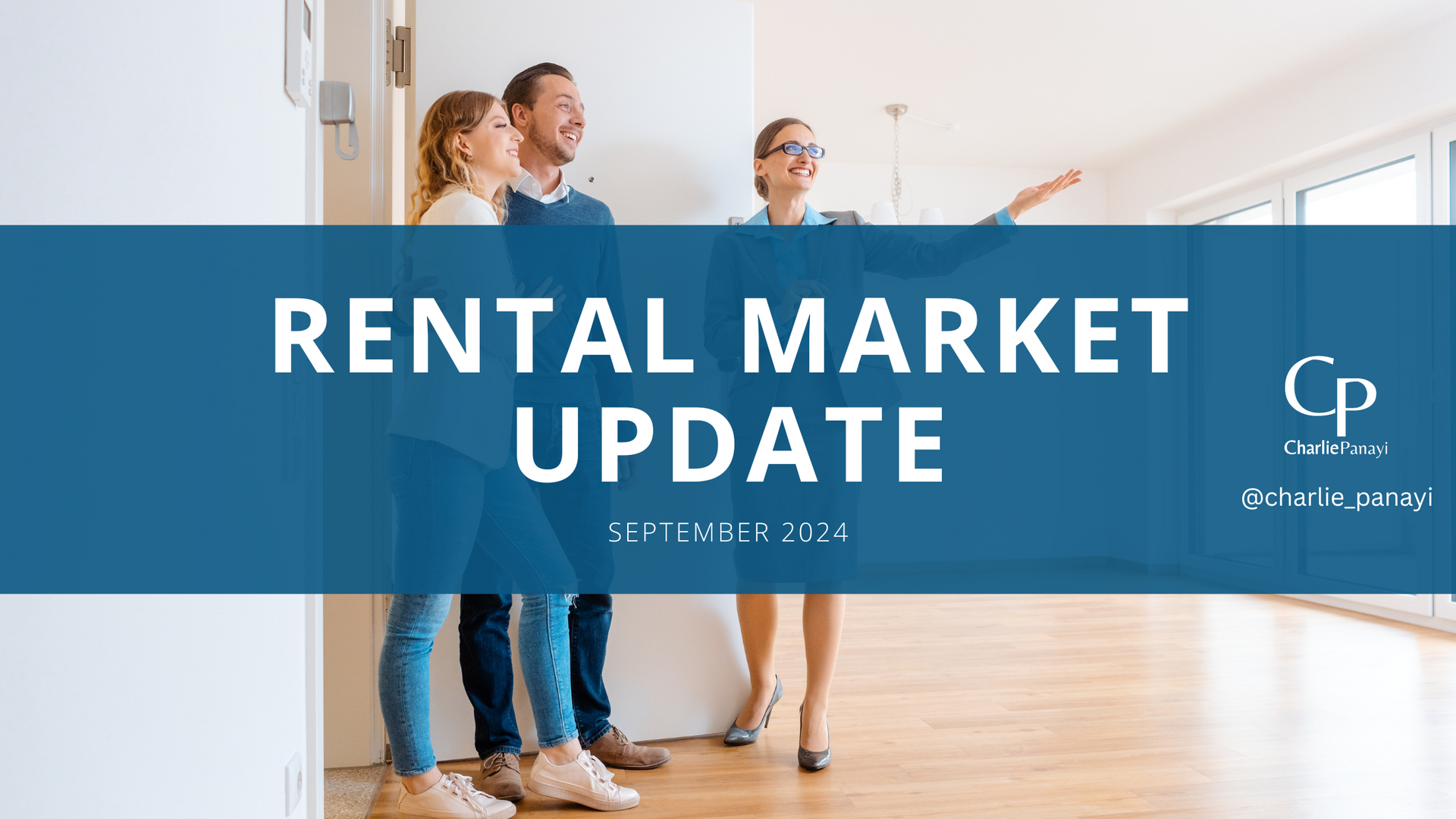• Annual house price growth slows, however the worst is behind us
• Demand continues to recover as the number of new sales grows
• First-time buyers (FTBs) were the largest buyer group in 2022 and look set to be a strong source of new sales again in 2023
• 3-bed homes remain the most in-demand property for FTBs (40%) but there is a clear shift in FTB demand towards 2-bed flats
• Income to buy a 3-bed FTB home has increased by £7,350 since 2020 but this varies by geography
• The housing market is more balanced than for some years and sales could exceed 1m over 2023 if current trends continue.
· Skipton introduce 100% mortgages to private renters (another blog on this specifically)
Soft landing for sales market continues to play out
The leading indicators of the property market activity and pricing show a steady recovery in demand and continued growth in the number of new sales agreed. House price inflation continues to slow but a major price drop remains a very low probability.
Demand for homes reached its highest level this year after Easter and is 14% higher than 2019 levels but still 42% down on this time last year. The availability of homes for sale is increasing and is now 66% higher than a year ago. Greater availability of homes for sale is boosting choice and the number of new sales being agreed is 6% up on 2019 but in line with the 5-year average.
The number of new sales agreed is strongest in Scotland, the North East and London. This reflects more attractive affordability levels in the former areas and with London having recorded weak price inflation over the last 6 years which has improved affordability.
Monthly price drops continue, but the worst is behind us
The growth of house prices has slowed to +3% with prices continuing to register modest quarter-on-quarter price falls of up to -0.7% across all regions and countries of the UK. There are early signs that the level of monthly price reductions are now reducing and the main adjustment in pricing is behind us. Zoopla’s index shows that the property market is likely to register low negative annual growth by the summer and end the year at -1%.
Current annual growth ranges from +4.8% in Wales to +0.5% in London, less than a third of the levels recorded this time last year. All other areas continue to register positive annual growth rates but at a much slower rate than a year ago, as a rebalancing of the market runs its course.
In 2022 first time buyers held the biggest market share
First time buyers (FTBs) have proven resilient since the increased in difficulty of stress testing on mortgages since 2015. Hometrack estimates that FTBs using a mortgage accounted for over 1 in 3 sales in 2022 (34%). Making them the largest group of home buyers, followed by existing owners using a mortgage (31%) and cash buyers (25%).
You would think that whilst mortgage rates increased it scared FTBs out of the market, however with the increased rents last year (11% higher), it has forced the hand of FTBs to look to purchase instead, amidst struggling to afford the increasing rents. A chronic shortage of homes for rent - with a third fewer homes available than the long-run average. The main constraints are access to a deposit and the right level of income to afford a mortgage which varies widely across the country. However, Skipton have introduced this to the market today for those exact buyers, a bold move - https://www.theguardian.com/business/2023/may/09/skiptons-100-mortgage-for-renters-offers-hope-but-not-without-risk
First time buyer income increases by £7,350
Zoopla tracks the type and price of homes that FTBs want to buy and can calculate the household income and deposit required for a purchase . The average asking price of a 3 bedroom home for a FTB is £230,000 and £210,000 for a 2-bed property.
The huge growth in property prices over the past three years means the household income to buy a 3 bedroom home has increased by an average of £7,530 to a required household income of £55,900. The increase for 2-bed homes is lower, up £4,900 to an income of £51,000.
The deposit to buy a 3-bed FTB home has risen by £4.650 to £34,500 while for a 2-bed home is £3,000 higher at £31,500.
First time buyer affordability depends on area
FTB affordability isn’t necessarily the same nationwide and depends upon the level of house prices and how much they have changed over the last 3 years. The most affected area for FTBs is southern regions, more so than.
In higher-value markets such as London and the South East, the income needed to buy a home has increased by up to £12,150 for 3- bed homes since 2020. The greatest increase in the income needed to buy a 2-bed home is £7,300 in the South-West and East of England. In lower value markets the increase has been more modest as the pricing of FTB homes is generally lower. Obviously market activity is still staying stronger in the north of England, Wales and Scotland where there is more affordable property.
How can first time buyers manage affordability issues
The first tip would be to try and save a larger deposit or borrow more from one of the largest lenders in the world – ‘bank of mum and dad’ if that’s an option. This is of course a challenge for renters with rising rent prices making it harder to save (however new Skipton product in other blog released 10th May 2023).
Another option would be using a 35-year loan mortgage rather than the traditional 25 years, this would provide a home buyer with a 20% boost to buying power compared to a 25-year loan. However, the cost of this choice is paying 48% more in mortgage interest payments over the life of the loan.
Moving forward
Most experts believe the worst of price rebalancing is behind us, following the increased mortgage rates towards the end of 2022. I believe house price growth will continue to slow throughout 2023 and most likely dip in many parts of the UK. The most important part is to remember the house transactions are continuing to grow. Although it takes seller power away, it is arguably a more balanced market now between supply & demand, for the first time in years. If sellers continue to be realistic on pricing, then there is a good chance we will exceed 1.1m sales in 2023, which overall is an extremely positive outcome.











